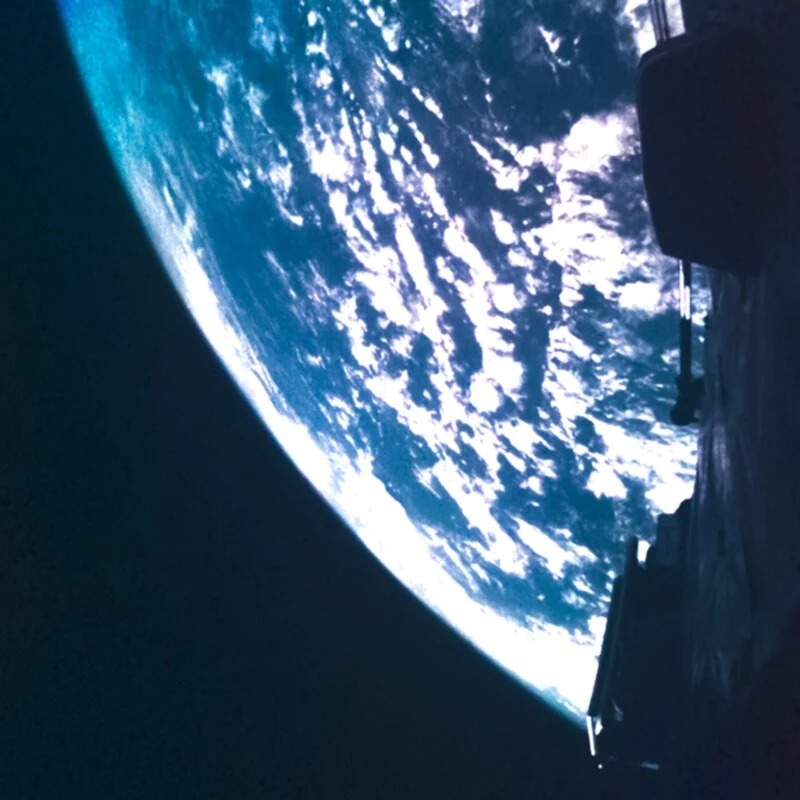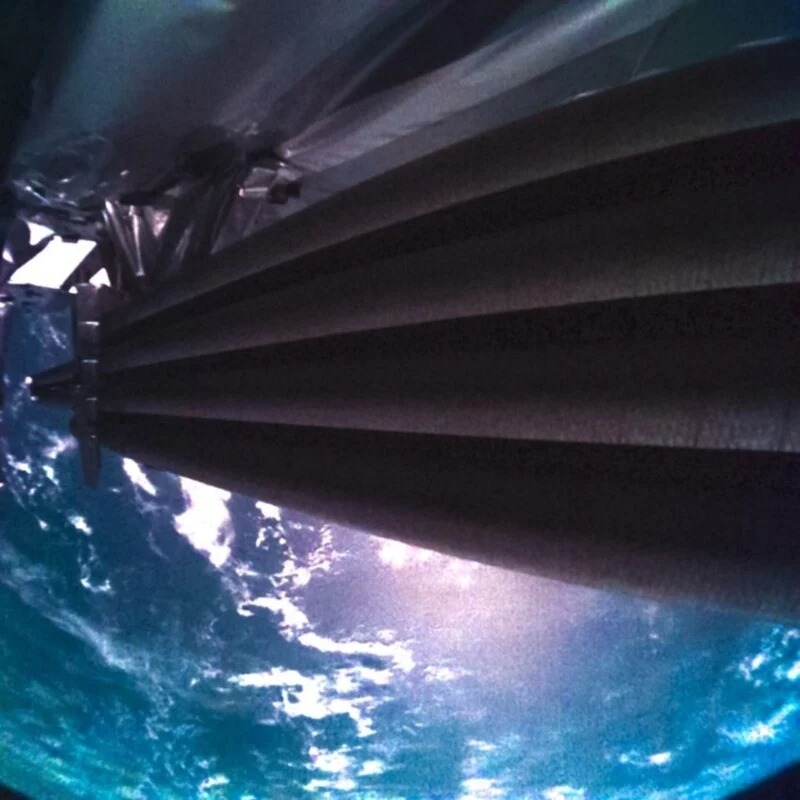The JUICE space probe, which would explore Jupiter and its moons, took its first selfies from orbit against the background of the Earth a few hours after its successful launch. Jupiter Icy Moons Explorer (JUICE) used its cameras located on the body to transmit farewell images before sending to Jupiter — this journey will last the next eight years.

The European Space Agency (ESA) mission was launched from the European spaceport in French Guiana on April 14. Photos from orbit were taken a few hours after the launch. The 1024×1024 pixel photos are partially darkened and are slightly processed before publication with a preliminary color correction.

Although it is always nice to see new photos of the planet Earth taken from space, but JUICE is not designed for this. The space probe has high-resolution cameras on board, but they will be used to take pictures of Jupiter and its moons when it reaches the Jupiter system in 2031. For the first selfie, a monitoring camera was used, which would monitor the deployment of the Radar for Icy Moons Exploration (RIME) antenna.
We’ve got our first space #selfie images back from #ESAJuice from the two monitoring cameras! ????
1⃣ Leaving Earth
2⃣ Goodbye, goodbye
3⃣ Solar array deployed
4⃣ RIME antenna (stowed)More details for each image ???? https://www.esa.int/Science_Exploration/Space_Science/Juice/Juice_sends_first_selfies_from_space
3⃣ as gif ???? https://giphy.com/gifs/europeanspaceagency-juice-jupiter-icy-moons-explorers-BXbKYDF82rhtdkgK5G pic.twitter.com/3TYJutCKoI
— ESA’s Juice mission (@ESA_JUICE) April 15, 2023
JUICE Goal
In the coming days, JUICE will continue to deploy working antennas and instrument rods before making a series of gravitational maneurs near the Earth, Moon and Venus, before the final flight to Jupiter. Therefore, it will return to Earth and probably take several photos of our planet from different angles.
The task of the spacecraft is to explore in detail the three icy moons of Jupiter: Ganymede, Callisto and Europa. For this mission, the probe has a set of remote sounding and geophysical instruments to detect liquid oceans beneath the surface of the moons.
The JUICE mission will end in 2035 with the spacecraft falling to the surface of Ganymede.
Earlier we reported on how a memorial plaque was installed on JUICE.
Follow us on Twitter to get the most interesting space news in time
https://twitter.com/ust_magazine

